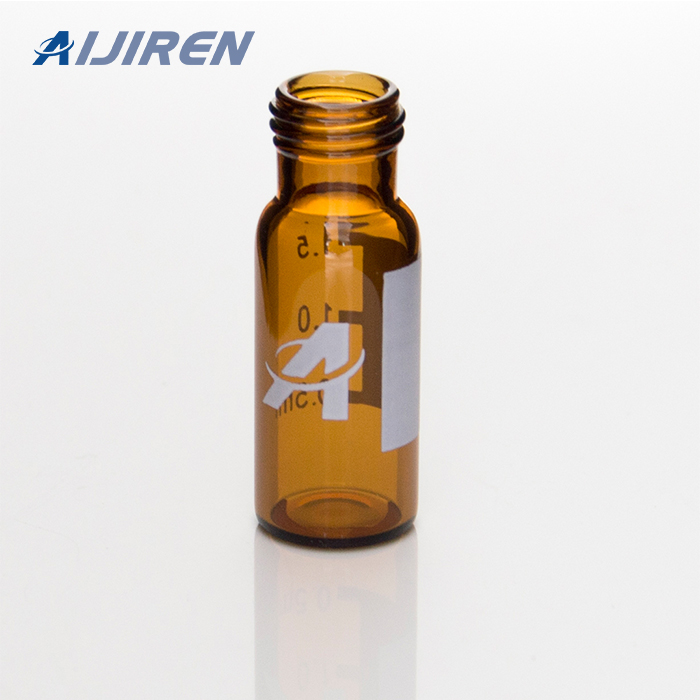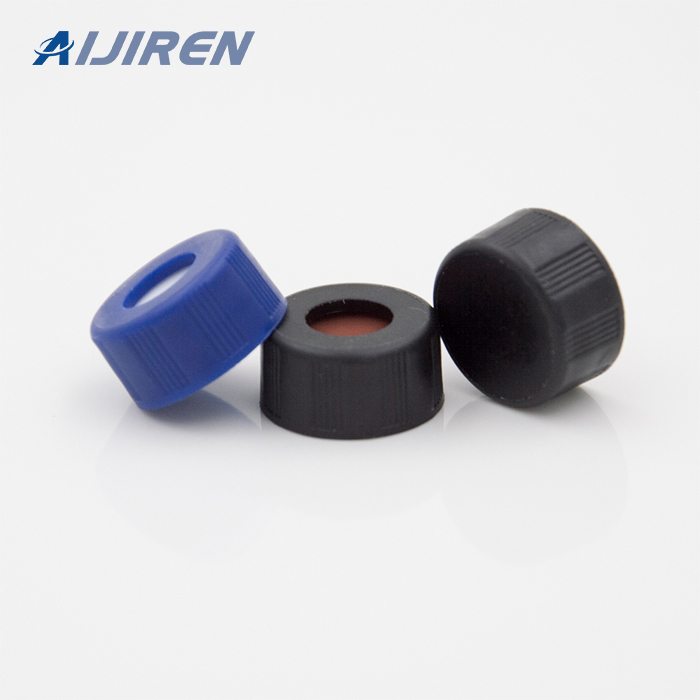



3.5.11 HPLC and GC Certified Vial KITs (Short Thread Vials and Short Thread Seals ND9) and 51 expansion glass (Type 1, Class B), whereas.
Superior quality (Type 1, Class A) glass. • Headspace vials are available National Certified Vial Kits are fully lot-tested including HPLC and GC ...
Type 1 amber borosilicate glass has a linear coefficient expansion of 51. Schott. Glass Type. Principal Use. Density at 25°C g·cm-3.
HPLC instruments - LCMS instruments - GC instruments. Applications Amber glass vials are made from USP Type 1 Class B, 51 Borosilicate Glass. Features.
Germany www.bgb-shop.com/vials. 44. Shell Vials. Borosilicate glass – 1st hydrolytic class. Volume. Dimension. Glass Type. Miscellaneous. Part No.
Aijiren CrossLab Snap Top Vials and Closures.........51 ... Made from First Hydrolytic Type 1 Class A or Class B borosilicate glass, which conforms to US ...
Description: USP Type-1 borosillicate glass vials , PP caps with PTFE/Silicone septa, bonded/non bonded, compatible universally on all HPLC autosampleres,
Features · High quality glass Type 1, 51-expansion glass (clear and amber) and Type-2, 33-expansion glass (only clear) . · Good quality control, including height,
Mar 30, 2012 Clear glass of first hydrolytic class is divided into two categories: “33 expansion” (Type 1, Class A) and “51 expansion” glass (Type 1, ...
Converted from Type I borosilicate glass tubing, our vials conform to the hydrolytic resistance requirements outlined in USP <660> and EP 3.2.1.
51 type made in Europe. E. Aijiren Tech Vials & Closures. Vial/Glass quality comparison, 1st hydrolytic class glass types, 33 vs 70. 33 expansion glass
Key Features · Made from 1st hydrolytic class 51 expansion glass · Clear glass vial with bonded insert
Figure 1. Transmission curves for Amber Glass and Clear Glass vials. Amber Vials are made from 51-expansion glass which has a different chemical
Glass of the 1st hydrolytic class is very hard and has a small coefficient of expansion, even in large temperature fluctuations. It has excellent chemical
Superior quality 1st hydrolytic class glass (Type 1) in clear and amber, National Certified Vial Kits are fully lot-tested including HPLC and GC ...